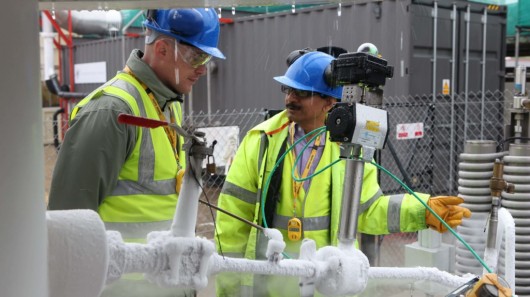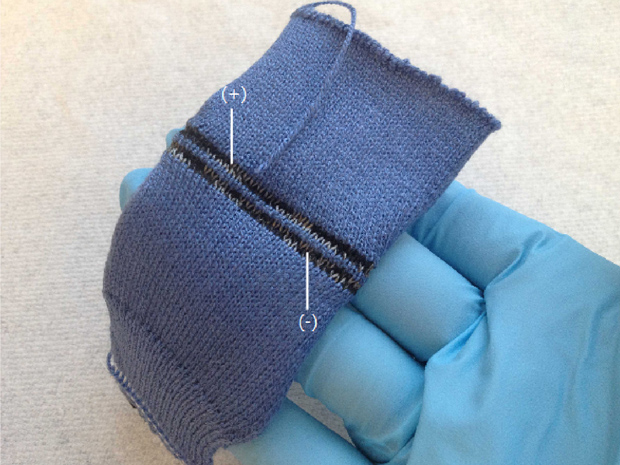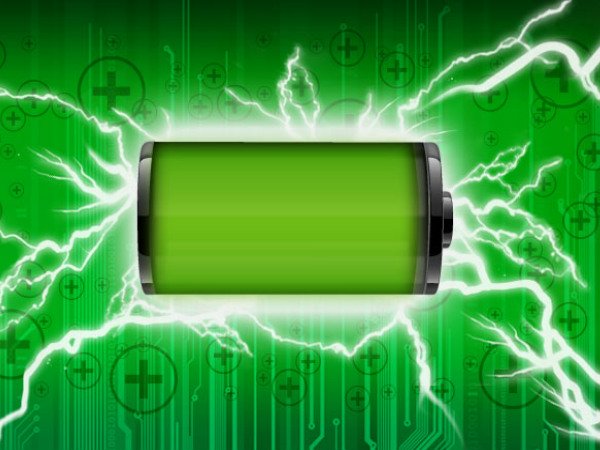
As we can observe renewable energy sources such as wind and solar power are intermittent.
Power grids need to be uninterrupted in order to guarantee electricity to masses. If renewable energy is to come online with coal and natural gas, it can’t be sporadic, so is needed to be efficiently stored and it can be utilized on cloudy, windless days and at night.
Britain’s Highview Power Storage has developed an unusual way for energy storage generated by wind and sunlight: liquid air. The company’s CryoEnergy System uses excess energy to run refrigeration units that cool air down to a chilly -320.8 F, where it liquefies. The liquified air can be stored in an insulated tank at a low pressure. During periods of high-demand on the power grid, the liquified air can be released into a confined space, where it is warmed to just above -320.8 F. At that temperature, the air becomes gas, which is used to spin a turbine to produce electricity.
Only 50 percent of the energy that went into cooling the air is returned when exposed to ambient air temperatures. However, if exposed to heated air, the phase change from liquid to gas is more intense, and produces an energy efficiency of 70 percent. That energy efficiency percentage could be boosted if the system were installed in a facility where heat waste already existed and could be used to run the refrigeration.
Other systems designed to energy storage from renewable energy sources include pumped hydro, where excess energy is used to pump water into a reservoir located at a higher elevation. When power is needed, the water is allowed to flow down over a dam where it spins turbines that generate electricity. According to an article in Gizmag, pumped hydro infrastructure is more expensive to build and not as portable as the Cryo Energy System (CES). Another way for energy storage is in batteries. But they typically cost about $4,000 per kilowatt of generating capacity, while the CES costs about $1,000 per kilowatt. Because the only by-product of CES is cold air, the technology could potentially be used to provide refrigeration or air conditioning.
According to CleanTechnica, a pilot project has been running in Scotland for the last nine months. Highview has plans to build a 3.5 MW, commercial-scale system by late 2012 and an 8 MW to 10 MW energy storage plant by early 2014.



